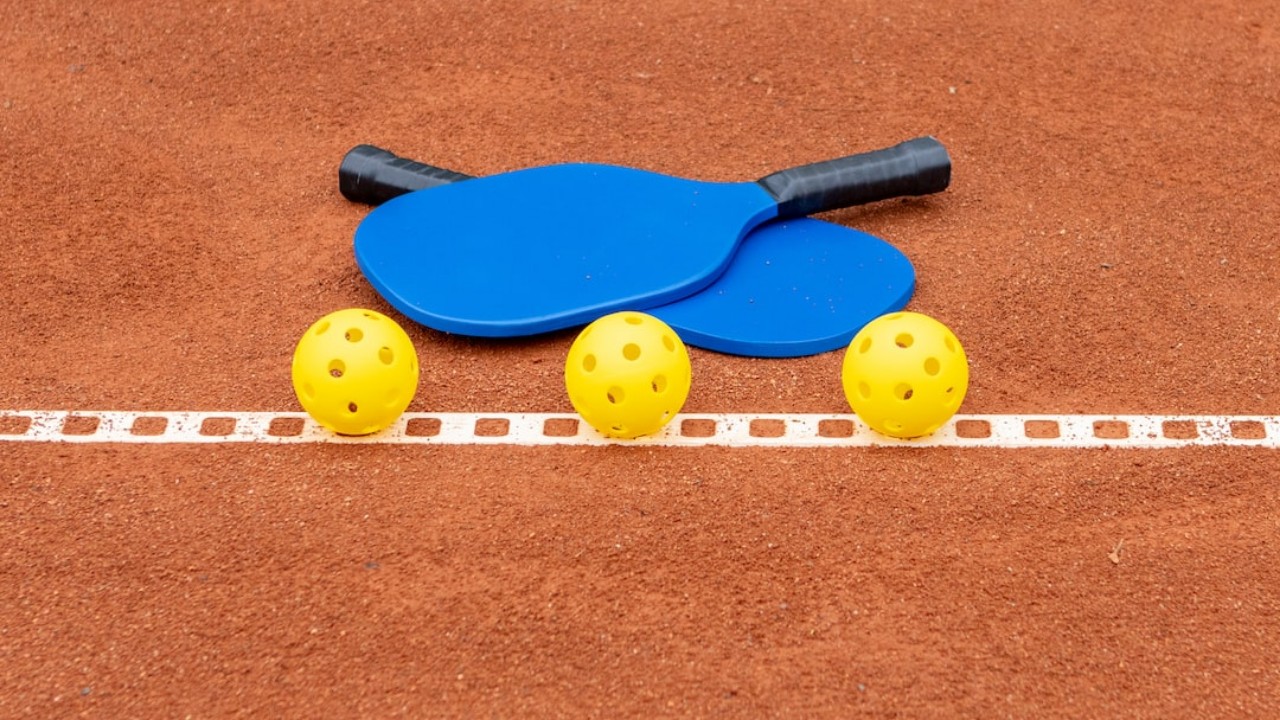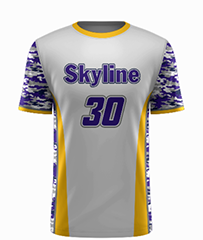Sports
Understanding Pickleball Kitchen Rules A Comprehensive Guide

Pickleball, often described as a hybrid of tennis, badminton, and table tennis, is a fast-growing sport that people of all ages can enjoy. Played on a smaller court with a lower net, it’s less physically demanding than some other racquet sports, making it an attractive option for seniors and beginners. One key aspect of playing pickleball, however, is understanding and adhering to the rules, including those regarding the “kitchen.” In this article, we’ll dive into the world of pickleball kitchen rules to help you become a more skilled and knowledgeable player.
The Pickleball Court
Before we delve into the specifics of kitchen rules, let’s start with the basics. A standard pickleball court is 20 feet wide and 44 feet long. It’s divided into several zones, each with its unique purpose and rules. The kitchen, also known as the non-volley zone, is one of these essential zones.
What Is the Kitchen in Pickleball?
The kitchen is a seven-foot-wide area on both sides of the net, starting from the net and extending toward the back of the court. It is sometimes referred to as the non-volley zone because of the primary rule associated with it: players cannot volley the ball while standing inside the kitchen. To “volley” means to hit the ball before it bounces, so this rule is designed to prevent players from getting too close to the net and engaging in “slam” shots that would be nearly impossible to return.
Kitchen Rules in Detail
To play pickleball effectively and fairly, it’s crucial to understand the specific rules that govern the kitchen:
1. No Volleying in the Kitchen: As mentioned, the fundamental rule is that you cannot volley the ball while standing inside the kitchen. This means that if you want to hit the ball before it bounces, you must be positioned outside the kitchen boundaries. Violating this rule results in the loss of a point.
2. Foot Faults: It’s not just the position of the ball that matters; your feet must also be outside the kitchen when you volley. Stepping on or over the kitchen boundary while volleying the ball is considered a fault. You need to be mindful of your foot positioning to avoid unnecessary faults.
3. Non-Volley Zone Lines: Two parallel lines seven feet apart, beginning at the net and extending to the court’s baseline, delineate the kitchen. These lines are critical for determining the boundaries of the non-volley zone. It’s your responsibility to ensure you’re not standing on or crossing these lines when making a volley.
4. Exceptions: While volleying is not allowed inside the kitchen, it’s important to note that the kitchen rules do not apply if you are making a return shot after the ball has bounced. You can enter the kitchen area after the ball bounces, which opens up opportunities for strategic shots close to the net.
Strategies for Staying Out of the Kitchen
Staying out of the kitchen is not just a matter of following the rules; it’s also a strategic choice. If you and your opponent are standing close to the net, it can limit your shot options. Here are some strategies to help you stay out of the kitchen while maximizing your gameplay:
1. Maintain Proper Court Positioning: Being aware of your position on the court is key. Stay back from the net when necessary to avoid kitchen violations, but be ready to move forward as needed to capitalize on opportunities.
2. Practice Your Footwork: Good footwork is essential in pickleball. Working on your agility and quick movements will help you avoid stepping into the kitchen accidentally.
3. Improve Your Dinking Skills: Dinking is a finesse shot in pickleball where the ball is hit softly over the net. It’s a valuable skill to develop, as it allows you to engage in close net exchanges without violating kitchen rules.
4. Communication: If you’re playing doubles, communication with your partner is vital. Ensure you both understand your roles and responsibilities, especially regarding the kitchen boundaries.
Enforcement of Kitchen Rules
In pickleball, players are generally responsible for calling their own faults. When you violate a rule, you should acknowledge it by calling “out” or “foot fault.” However, not all infractions are apparent, and this is where the honor system comes into play. Players often rely on each other to make fair calls, and disputes should be resolved amicably whenever possible.
If there is a dispute that cannot be resolved between players, it may be helpful to consult a referee if available. Tournaments and more formal games often have referees to ensure the fair application of rules.
You may like this: Where to Buy Custom Cheap Soccer Jerseys and Uniforms
Conclusion
Understanding and respecting pickleball kitchen rules is fundamental to enjoying the game and playing it fairly. The kitchen, or non-volley zone, plays a crucial role in maintaining a balance between offense and defense. By following these rules and practicing strategies to stay out of the kitchen, you’ll not only be a better player but also contribute to the sportsmanship and integrity of this exciting game. So get out there, hit the courts, and remember to respect the kitchen boundaries while having a blast with this fast-paced and engaging sport.












